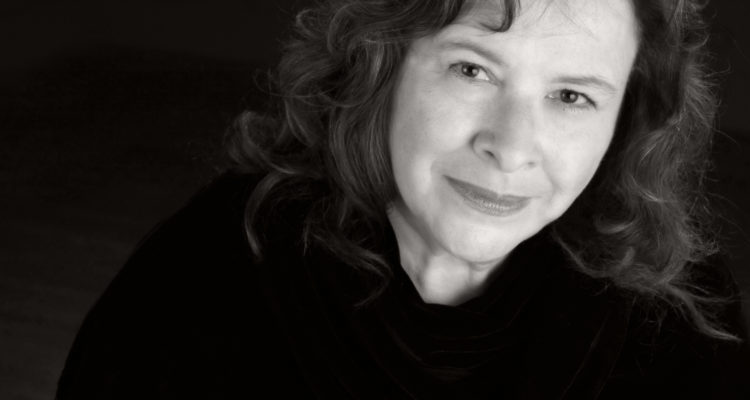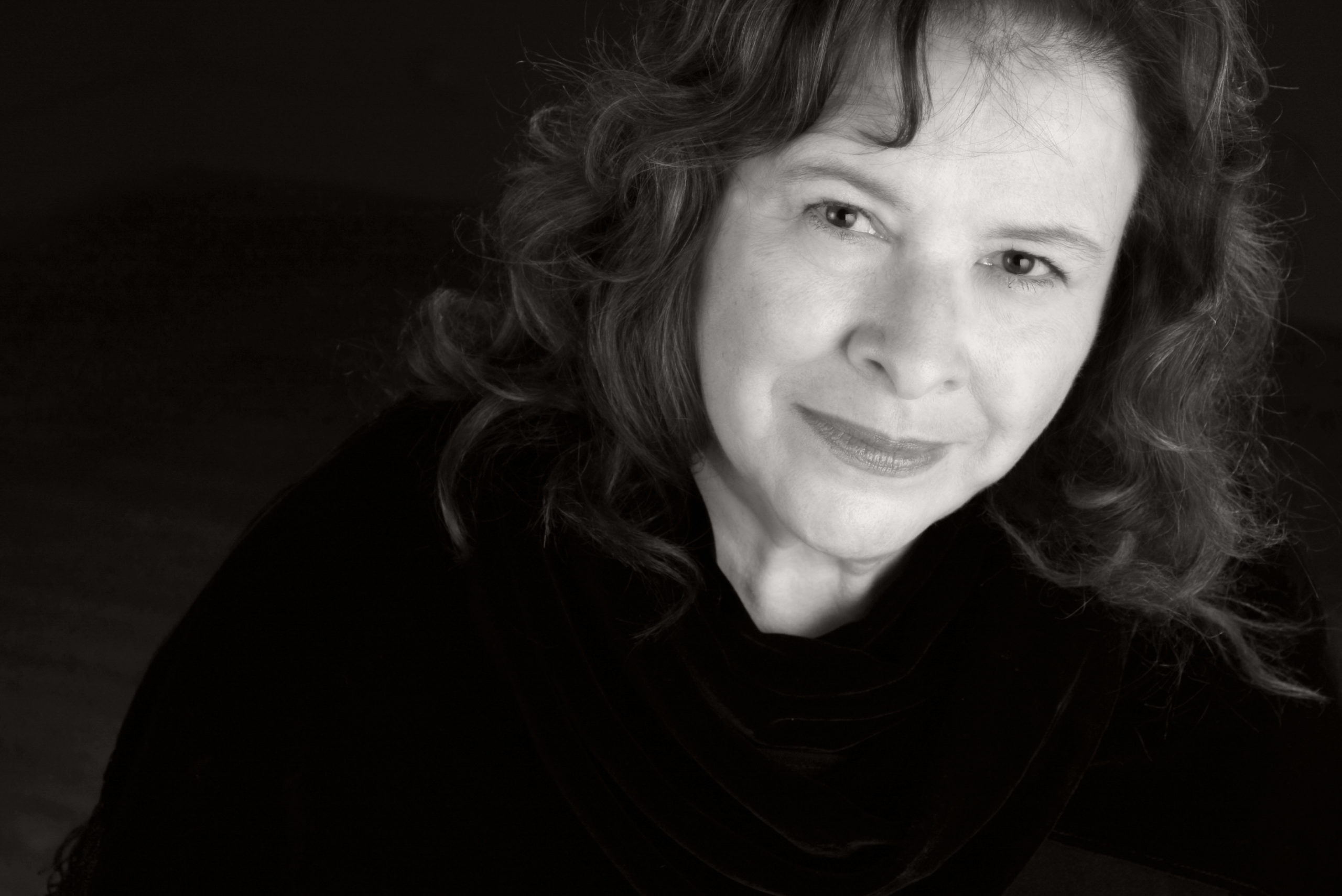Meet Dr. Jean Houston, a modern day renaissance woman in every sense of the word. She is an accomplished scholar, lecturer, author, philosopher, and one of the foremost thought leaders in the “human potential movement”. She has been an adviser to political leaders and to UNICEF, and has worked with the United Nations Development Group training leaders in the new field of Social Artistry. Alongside her many accomplishments, Dr. Houston also founded the Mystery School (now called the Renaissance of Spirit), The Foundation for Mind Research, and the Jean Houston Foundation.
In her newest book, The Wizard of US: Transformation Lessons from Oz, Dr. Houston explores the Hero’s Journey that awaits us all through the lens of one of the Western World’s greatest stories.
Our Editorial Director spoke with Dr. Houston to learn about this inspiring journey and how readers themselves can embark on an adventure of self-discovery, awakened potential, and a connection to the world at large.
Conscious Connection: What inspired you to write The Wizard of Us?
Dr. Jean Houston: I’ve done a great deal of work in exploring myths and other great stories and the way that they activate our human becoming and give us road signals and signs and impetus to get on with our lives. Great stories, including the Wizard of Oz, are often filled with fascinating characters, tremendous challenges, and ultimate realizations and successes, and I find this is always the way to weave all kinds of internal growth processes to the Great Story itself…. because often the Great Story is just the story of ourselves written at large.
I decided it was about time to take a core iconic myth of the modern western world and I realized that contained within the Wizard of Oz is the story of a tipping point (what I call a “jump time”), or a radical transition in the why and how and where we live. The story itself begins in an outmoded situation. Dorothy is stuck out in Dust Bowl Kansas and with nowhere to turn, she runs over to her Auntie and she screams, “Auntie Em! Auntie Em!” She, of course, has something really serious to talk about. And what does Auntie Em say? “Go away Dorothy! Can’t you see we’re counting our chickens?” And there already was the metaphor for the American way of life – materialist things. So it takes immense yearning on behalf of Dorothy.
And just like Dorothy, I meet people all over the world that seem seized universally with a sense of yearning… now whether that is the call from the future, or the regret from the past, or even the sense that we are in a time of radical transformation, we have to get on with it and thus the yearning, thus the sense of call. So when we look at the movie version, Dorothy is in this yearning, that tremendous anthem of yearning, “Somewhere Over the Rainbow”, and yet, it takes a tornado (the all time kick in the pants) to get her moving. And my book has readers ask, “What is it we can take from our lives to give us the impetus for going ‘over the rainbow’ and into what is really the collective unconscious of the human race and tapping of the potential we never knew we had?”
Conscious Connection: Tell me more about the archetypes of mind, heart, and courage.
Dr. Jean Houston: First of all, you have to be open to them. In the movie, Dorothy moves out from monochrome (black and white) to polychrome (an extraordinary colorful world). Her sense of possibility has to be turned on in order to do so. In my book, I open up people’s sensory capacities and I give them exercises to activate new ways of seeing, knowing and being.
When Dorothy is put on the path of spiritual awakening (the Yellow Brick Road) she is in higher guidance (there’s your archetype) with Glenda, who is the beloved friend, midwife of her soul, and evacuator of the larger purpose. Glenda could have been an angel or a goddess but she appears in terms of the Western sense of the recreated witch. One of the things that has to happen, especially as we harvest the world’s cultures, is that this type of character has to show up (who sometimes is given the name “witch” – but that’s just the fear of the patriarchal society before the immensity of the feminine possibility and brilliance and sheer radical compassion, which is what this character has.) But the higher guidance is just one part of a spiritual awakening. In my book, I do an exercise in which I put readers in touch with what I call “intellity”, or the deep guiding higher self that is giving you your second order genesis.
Dorothy then meets the archetypes of the disinherited the disenfranchised parts of ourselves (and this appeals to everybody) and, because she is on the Heroine’s Journey, she uses teamwork and a deep sense of compassion to help these characters. For instance, she unhooks the Scarecrow in a hopeless situation (as hopeless as her situation back in Kansas), and helps him to activate his higher intelligence.
And then Dorothy meets the disempowered heart (which speaks to when we become so caught up in technology that we lose our hands-on, rich sense of nature) and she nurtures him and oils him and invites him to be the heartfelt one on the journey. And, as it turns out, he has the greatest sensitivity and feeling of them all, because once you are on the Great Journey, you find that your deepest nature, which may have been denied or marginalized, is allowed to come out (because it has to). And then, finally, Dorothy meets the disempowered courage in the Lion, who really does tremendously courageous things – knees may be shaking, but by golly, he finds a way to get on with it! These archetypes serve as wonderful guideposts and aspects of ourselves as well as our society that need another order of deepening.
Conscious Connection: You mentioned that Dorothy was on a Heroine’s Journey. Is this different from a Hero’s Journey?
Dr. Jean Houston: The call tends to be a call to a larger life and everyone feels the call; it’s just part of our nature. If we don’t do something about it we fall into frustration and/or lives of serial monotony. Then there is the refusal of the call, and that’s the same in both the male and female journeyer. (“Oh not now God, maybe when the kids are grown, maybe when I get my degree, maybe when I have more money…”) Refusing is when you put this huge block up until you cannot stand yourself any more and you say, “Ok. I will get on with it,” although sometimes it does take a tornado, as was the case with Dorothy.
The next part is where the journeyer finds his or her allies and that is the same with the Hero as with the Heroine. What is different is Dorothy’s compassion and capacity for utilizing teamwork. Often in the Hero’s Journey, the allies are there but they are still marginalized and just present to help the Hero. In the Wizard of Oz, she is there to help the allies and it becomes a communion of co-creative journeyers; thus, mutuality is part of the Feminine Journey and compassion is her modality all the time.
Then, we can analyze the “falling asleep” and in Dorothy’s case, her allies are still present to wake her up, whereas in the Hero’s Journey, often he falls asleep or falls into nothingness with a sense of danger and no help offered by others. In the Heroine’s Journey, there is trust.
When we examine the Road of Trials, in the Heroine’s Journey, this is a process rather than a product. Dorothy is lured to, as are her friends, the Green World. And this happens not at the end of her Journey, but right in the middle. She is holding the Vision and believing in the Vision of the Greening of the World – so it’s an ecological myth, which is something we desperately need – helping things develop, grow. A Woman’s Journey is very holistic in nature and focuses in on the making of relationships.
So in the Feminine Journey, the subjective becomes more important than objective, where process is more important than product, and above all, where love and teamwork and co-creation are critical.
Conscious Connection: If you could give the readers of Conscious Connection one piece of advice for being the change they wish to see in the world, what would it be?
Dr. Jean Houston: First you must look at the world and say, “What is the change I want to see in the world?” You must explore these things in your own experience, in small ways. You must live out helping in that change. But before you can accomplish this, you must educate yourself (your mind, your heart, your courage) so that these things, these changes, become possible. And once you have done this, you become a magnet, a frequency vibrator, a singer of a new song, and you attract both appropriate opportunities and the energy to go out and do the things you have to do.
Purchase your very own copy of The Wizard of Us and visit to JeanHouston.com to sign up for your free monthly newsletter, “Today’s Solutions: Critical Insights by Jean Houston.”





